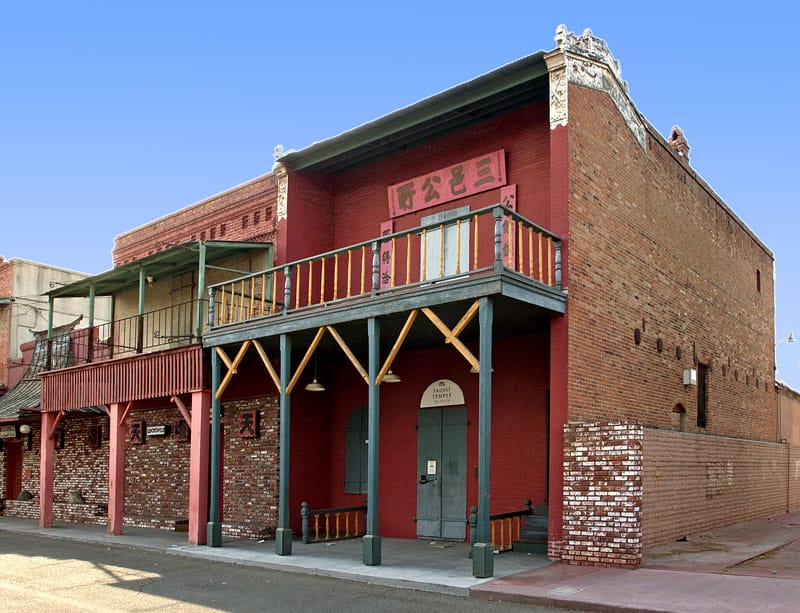Hanford is a commercial and cultural center in the south-central San Joaquin Valley and the county seat of Kings County, California, United States. Take a look below for 20 amazing and interesting facts about Hanford, California, United States.
1. It is the principal city of the Hanford-Corcoran metropolitan area (MSA Code 25260), which encompasses all of Kings County, including the cities of Hanford and Corcoran.
2. The ZIP Code is 93230 (with 93232 used for post office boxes).
3. The city of Hanford is surrounded by communities that do not fall within the city limits but share the same ZIP Code.
4. These communities include Grangeville, Hardwick and Home Garden.
5. The population was 53,967 at the 2010 census.
6. The California Department of Finance estimated that the city’s population was 57,703 as of 2019.
7. Today’s Hanford was once north of Tulare Lake, historically the largest body of fresh water west of the Mississippi River. The area was inhabited by the Tachi Yokuts Indians for several thousand years prior to Euro-American contact.
8. They occupied locations along watercourses such as creeks, springs and seep areas (such as sloughs), along perennial and seasonal drainages, as well as flat ridges and terraces.
9. Therefore, places along streams are considered likely locations for prehistoric cultural resources. Permanent villages were usually placed on an elevation above the seasonal flood levels. Surrounding areas were used for hunting and seed, acorn, and grass gathering.
10. Since the annexation of California after the Mexican-American War, the locality was settled by Americans and immigrants as farmland, broadly referred to as “Mussel Slough”.
11. The earliest dated grave in the area was that of a young Alice Spangler who was initially buried in the Kings River Cemetery just north of her family’s farm in 1860.
12. As the settlement grew, Tulare Lake’s feeding rivers were diverted for agricultural irrigation, causing it to gradually shrink and, over the 19th and 20th centuries, effectively become extinct.
13. From the mid-to-late 1870s, the Southern Pacific Railroad planned to lay tracks towards the developing farmland west of Visalia, spurring a growth in labor and population. Hanford’s namesake was James Madison Hanford, an executive for the company. The earliest known document labeling the settlement as “Hanford” is an 1876 map of Tulare County which once included the territory of present-day Kings County.
14. Tracks were laid through a sheep camp in 1877. According to History of Kings County: “It was but a short step from sheep-camp to village and with the railroad as an attraction the village flourished and became a town within a few historic months.” Many of those working on the tracks were Chinese immigrants.
15. In 1877, Hanford began to appear in state newspapers, giving details of events in the town’s early days. In December 1877, there was a stagecoach robbery.
16. In 1878, Hanford began running their own newspaper service and wiring called “The Public Good” which fed into other papers.
17. In May 1878, Hanford residents drafted a resolve against the South Pacific Railroad from purchasing land with residing settlers. In June 1878, the Workingmen’s Party was reported to have a majority vote over the Democrats in the town.
18. In October, the town proposed state legislature to limit claims to land because of the railway. In November, a William Blunt was arrested for stealing several horses from the town. Later that month, masked men burned down the house of farmer Perry Commodore Phillips, retrospectively claimed because he purchased land from the railroad.
19. On December 16, by concert of action, Phillips and J.B. Fretwell had their newly purchased land plowed. On March 27, 1879, a fire broke out in the back of E. Schoenfeld’s store which spread due to harsh winds, affecting next-door druggist J.T. Baker and burning down a saloon and a barbershop. On April 27, Hon. Creed Hammond spoke in Hanford. In May, the Upper Kings River Canal and Irrigation Company filed articles of incorporation.
20. On August 1, California Governor candidates George Clement Perkins and Romualdo Pacheco (and on August 10, O F Thornton and W F White W P C) spoke in Hanford and Lemoore. Perkins would become California’s 14th Governor on January 8, 1880.




